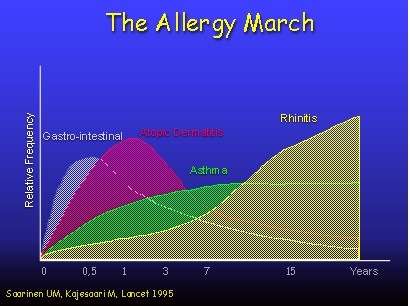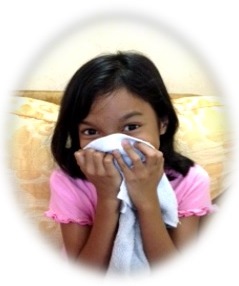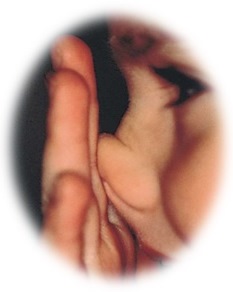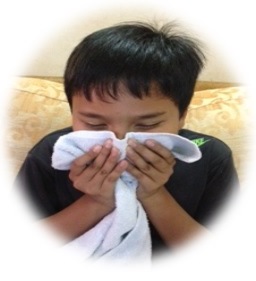Asthma and allergic rhinitis is a worldwide problem and the Malaysian children and adults do non-excepted to this global health issue.
It is estimated that it affects about 25% of adults and 40% of children suffer either allergic rhinitis or asthma. Furthermore asthma and allergic rhinitis can coexist in many patients. These two are now well -known to be a pair of an integral disease involving upper and lower airways. These diseases are part of the condition that being called allergy march which include food allergy and eczema (allergic dermatitis)

What is allergic rhinitis?
- It occurs when an allergen (an allergy-producing substance, such as house dust mite or pollen) especially aeroallergen enter the body that cause the body to produce certain antibodies. These antibodies were concentrated in the membranes of the nose. This is call sensitisation.
- When the similar or same allergen re-enter and combine with these antibodies, it will cause certain chemical substances like histamine being release in the nose. This chemicsl will make the surrounding tissue become inflame and this render symptom.
- As a result, you may experience nasal symptoms like sneezing, congestion, itchy and runny nose,also watery eyes.


The Link
There are increasing evidences that showed the links between allergic rhinitis and asthma. These come from epidemiological, immunological and clinical studies.
Nearly 40% of patients with allergic rhinitis also have asthma, and up to 80% of patients with asthma experience nasal symptoms. Furthermore, patients with allergic rhinitis are three times having the risk of developing asthma compared with those without allergic rhinitis.
In children who develop rhinitis within the first year of life, the chances of developing asthma are twice as great as in those who develop rhinitis later in life. Sometimes, allergic rhinitis can precedes asthma, and treating allergic rhinitis has beneficial effects on asthma, suggesting that upper airway disease is a risk- factor for asthma.
Epidemiological Evidence
There have been a number of research studies investigating the link between rhinitis and asthma, leading to the following information :
- In one study of 99 patients who were followed up to ten years after they were first diagnosed as having allergic rhinitis or allergic asthma, or both:
- 32% of rhinitis patients developed asthma;
50% of patients with asthma alone developed rhinitis. - A number of studies have shown that :
- 70-90% of patients with asthma also have rhinitis;
40-50% of patients with allergic rhinitis also have asthma. - Sinusitis has been shown in different studies to occur in up to :
- 25-70% of adults with asthma;
20-60% of children with asthma;
50% of patients allergic to inhaled allergens, e.g., pollen, house dust mites. - Increased sensitivity of the airways (airways hyperactivity) has been demonstrated in
- 15-65% of patients with allergic rhinitis.
Immunological Evidence
Many studies have shown that the cells and chemicals that involves in both asthma and allergic rhinitis is similar. The differences is in the location of the reaction which is upper airway in allergic rhinitis and lower airway in asthma. Furthermore those factors that can trigger asthmatic attack can also trigger allergic rhinitis reaction.
When to suspect allergic rhinitis


Taking a detailed history of the past and the current symptoms is the cornerstone of making a diagnosis of allergic rhiniti . Questions should be asked regarding smoking, occupation, hobbies, known allergies or family history of atopy and any relevant past or current medications, including those bought over the counter.
Typical symptoms of AR include :
- Watery nasal discharge (rhinorrhoea);
- Sneezing;
- Nasal itching;
- Nasal blockage.
- +/- conjunctivitis
Patients who have two or more of these symptoms lasting for at least one hour on most days are considered to have allergic rhinitis. Diagnosis is usually based on a typical history of these allergic symptoms.
| Last Reviewed | : | 27 January 2014 |
| Writer | : | Dr. Noor Hafiza bt. Noordin |







